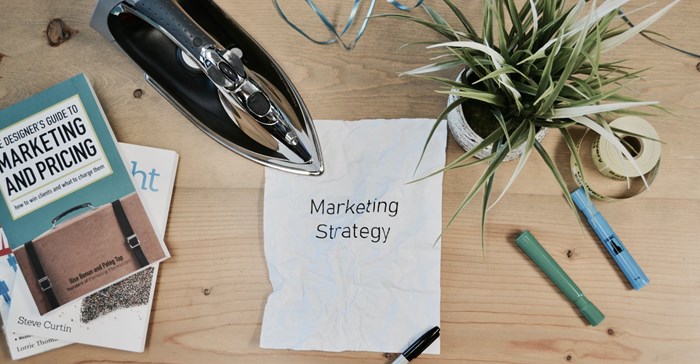
In simple English - traditional mediums such as TV, radio, print (newspapers and magazines) and outdoor, are the original mediums through which a company promotes its product, services or brand. Looking at the Kotler’s principles of marketing in the olden days, we used to have 4P’s, they were, product; price; place and promotion.
Now we have 7P’s being product, price, place, promotion, people, process and physical evidence. However, according to the marketing studies, the first four P’s I mentioned earlier are called the core, and the last three are said to be extended marketing mix.
Of particular interest is how over the years our marketing activities have changed, for the better. The promotion tool has given birth to so many aspects within it, due to the advent of technology precipitating the digital age. I am still of the view that promotion still plays a very huge role in creating perception and promoting brand recognition. Besides, let’s face it, advertising is about perception and brand recognition!
These days, we now have additional siblings in promotional tools at our disposal for example social media and digital media, not forgetting their less used cousin, public relations in the mix. Lately, I have watched how brands, services and products are communicated in the media space, and could not help but observe how the traditional mediums are pushed to the outer sanctum.
Digital media is killing (or has killed) a lot of print mediums, and we’ll be burying many print publications one by one in not-so-distant future!
However, I still believe there is a role that traditional mediums play, and will continue to do so in the advertising industry, especially when huge integrated marketing campaigns are embarked upon – and also small campaigns.
As I toyed with this dilemma, I went back to basics looking back at our days in the advertising industry - the analogue days - how things used to be
done, it was quite interesting how we managed to run effective campaigns just by using the ‘4some’ (TV, radio, print and outdoor) – and won awards as well!
I remember when a huge advertising campaign was about to be launched, a media strategy would have determined the channels, reach, frequency and impact – good old media planning 101. Fast forward 20 years, the picture looks different. Social and digital media are part of the mix in the media strategy and promotion component. And at times, I’ve noticed that clients utilise the social or digital media only without the PR or traditional mediums to launch a campaign.
Now, what is wrong with this picture? When clients (together with their agencies) decide to utilise social and digital mediums alone to run a campaign, they should not be shocked when it does not do well in the public space, or achieve the desired objectives.
This is like an elephant walking on 3 legs… that is if it can walk! I believe that using social and digital mediums only and neglecting to add traditional mediums and PR in the mix, would not always yield desired results for a brand or product or service – irrespective of how big or small the campaign is. This is a mistake clients make, thinking that social media is the be-all and end-all of the ‘P’ in the marketing mix.
I still feel traditional mediums are key in carrying and kick-starting a campaign. I believe that if we could use traditional – social – digital – PR (all 4) in any size of any campaign, that campaign would have a better impact and wider reach.
So, hear me out…
This approach could be done even with small campaigns such as communicating a change of a product pack or change of font in the pack! I really believe there is a place for traditional mediums in this digital age, it needs creative thinking on how it is utilised. In the analogue days, a campaign would run for six to eight weeks just on traditional mediums, with added value from the spots given, to close the gap. I hope these days added value is bigger since social and digital media have taken the industry by storm.
So, let’s not look at the traditional mediums as an outcast – or waste of time, and treat her like a stepchild – she’s always been the firstborn of mediums – the fact that she’s getting old and grey does not mean she’s lost her touch. Not all print mediums are going to die… yet! I still prefer hard copy though. I appreciate the art of looking at pictures, in print!
